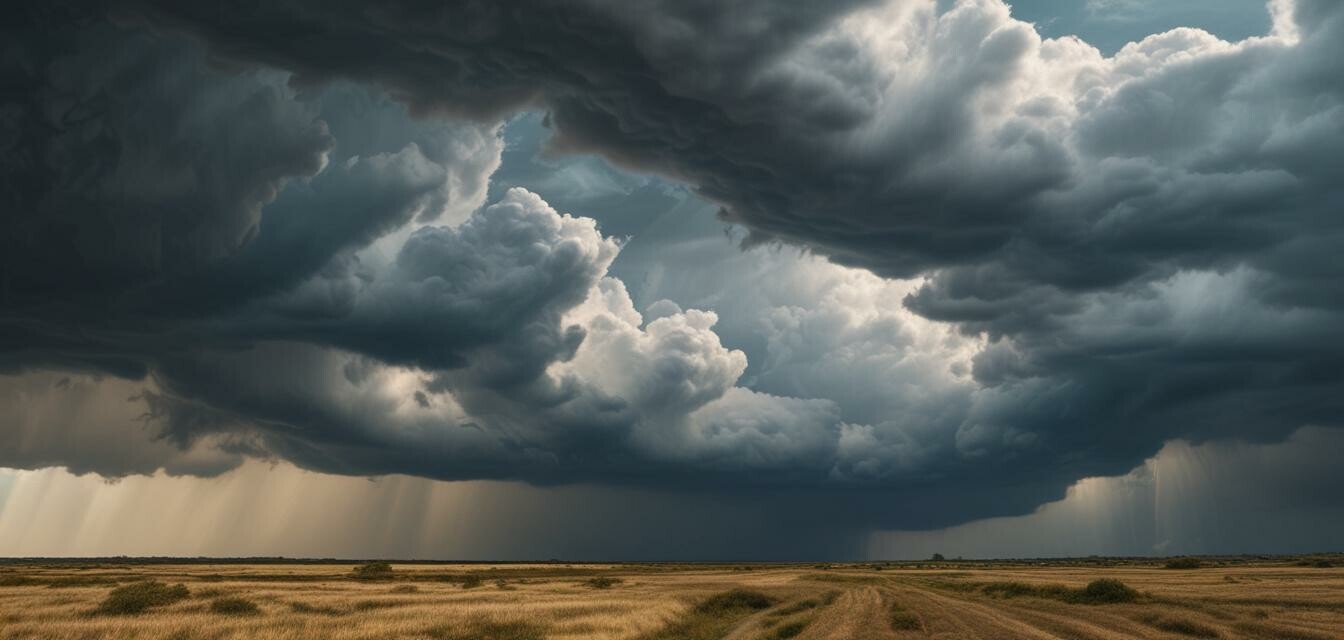
How Weather Patterns Affect Emergency Preparedness
Key Takeaways
- Changing weather patterns increase the frequency of natural disasters.
- Understanding local climate trends is crucial for tailoring emergency kits.
- Portable power solutions are essential during power outages caused by severe weather.
- Regularly review and update your emergency preparedness with changing conditions.
As we observe shifts in weather patterns around the globe, it becomes increasingly important to evaluate how these changes can affect our emergency preparedness strategies. The rise in frequency and intensity of both natural disasters and severe weather conditions necessitates a proactive approach to safeguarding ourselves, our families, and our properties.
The impact of changing weather patterns
In recent years, the world has noted a stark correlation between climate change and severe weather events. From hurricanes and tornadoes to wildfires and floods, these incidents can quickly turn into emergencies that require swift action and adequate preparedness. The various patterns observed include:
- Increased hurricane activity, particularly in coastal regions.
- Frequent flooding in areas that previously had moderate rainfall.
- Extended dry spells leading to wildfires in dry regions.
- Unusual snowstorms in areas that do not typically experience severe winters.
How to assess local weather trends
Understanding local weather trends is essential to formulating an efficient emergency plan. Here are some steps to help you assess your local climate:
- Research historical weather data in your area.
- Stay updated on forecasts from reliable meteorological sources.
- Attend community meetings focused on regional climate and safety.
- Utilize online tools to visualize changing weather statistics.
Adapt your emergency kits
With a clearer understanding of how weather patterns affect your area, it’s time to adapt your emergency preparedness kits accordingly. Here’s how you can customize your kit for different scenarios:
| Weather Scenario | Recommended Items |
|---|---|
| Hurricanes | Water, non-perishable food, battery backup systems, first-aid kits, and portable power stations. |
| Floods | Floating waterproof containers, emergency lighting solutions, and radio communication devices. |
| Wildfires | Additional fire extinguishers, masks for smoke protection, and a reliable means of portable power. |
| Snowstorms | Blankets, additional food supplies, snow shovels, and heating sources like propane heaters. |
Tools to enhance your preparedness
To enhance your emergency preparedness during severe weather, consider including advanced equipment in your kit. Portable generators, battery backup systems, and solar charging kits can provide significant advantages in times of need. Be sure to explore our battery backup systems and portable power stations to secure vital power when it's needed most.
Regularly reviewing your preparedness
It’s not enough to set up an emergency kit and forget it. Regularly revisiting your kit is key:
- Check expiration dates on food and medical supplies.
- Assess the functionality of tools and equipment, including power stations.
- Adjust items in your kit based on any prevalent weather trends.
- Educate your family members on how to use the items in your kit effectively.
Pros
- Enhances overall safety during extreme weather events.
- Allows families to quickly respond to emergencies.
- Encourages awareness and preparedness in communities.
Cons
- Initial investment can be significant depending on equipment.
- Requires time to regularly maintain and update kits.
Conclusion
In conclusion, changing weather patterns profoundly affect emergency preparedness. By understanding local trends and adapting our kits accordingly, we not only optimize our resilience against severe weather but also enhance our communities’ preparedness. Explore our preparedness tips for more information on building an effective emergency kit tailored to your needs.
Stay informed, stay prepared, and always have a backup plan!
